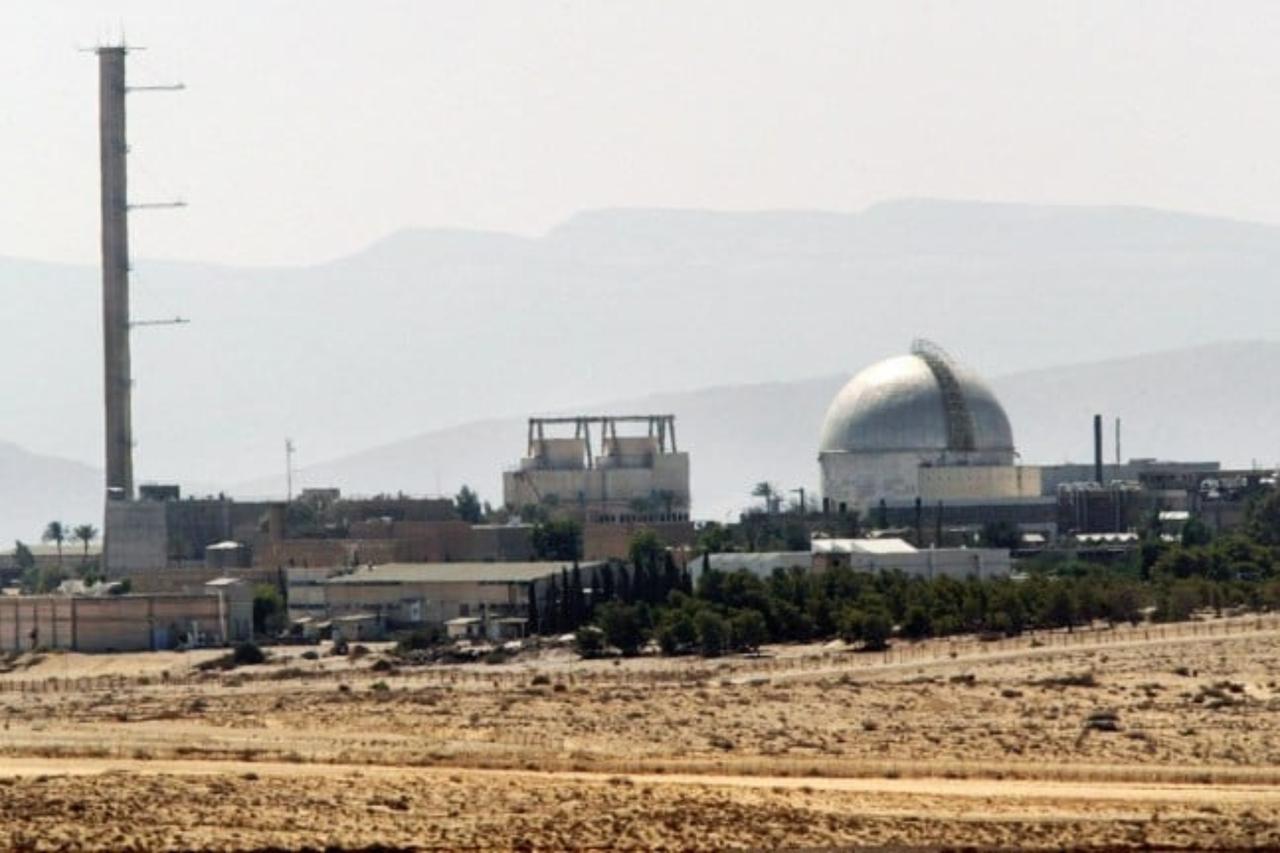
Construction work has intensified on a major new structure at a facility key to Israel's long-suspected atomic weapons program, according to satellite images analyzed by experts who say it could be a new reactor or a facility to assemble nuclear arms.
The work at the Shimon Peres Negev Nuclear Research Center near the city of Dimona, documented in images taken July 5 by Planet Labs PBC, will renew questions about Israel's widely believed status as the Middle East's only nuclear-armed state.
The development comes after Israel and the United States bombed nuclear sites across Iran in June over fears that the Islamic Republic could use its enrichment facilities to pursue an atomic weapon.
Among the sites attacked was Iran's heavy water reactor at Arak.
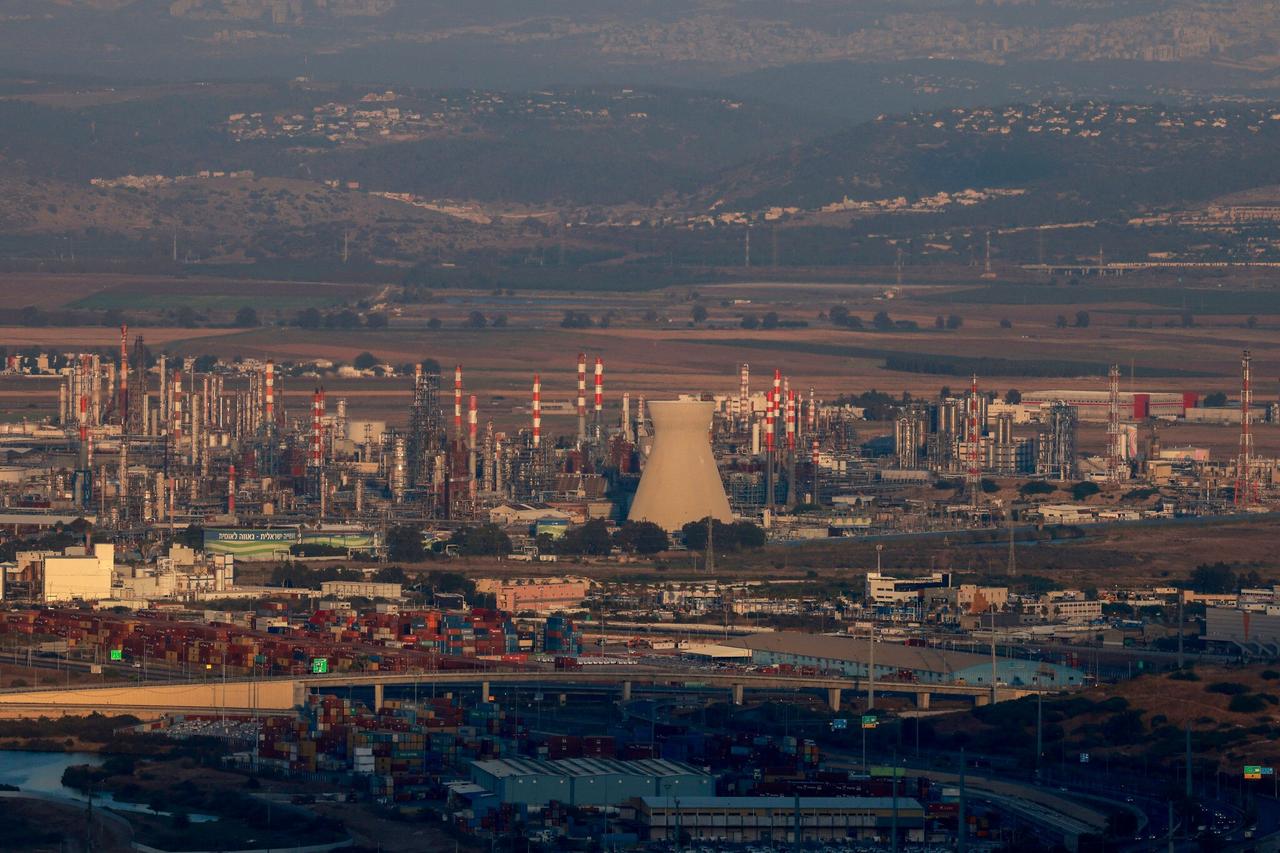
Seven experts who examined the satellite images all said they believed the construction was related to Israel's long-suspected nuclear weapons program, given its proximity to the reactor at Dimona, where no civilian power plant exists. However, they split on what the new construction could be.
Three experts said the location and size of the area under construction and the fact that it appeared to have multiple floors meant the most likely explanation was a new heavy water reactor. Such reactors can produce plutonium and another material key to nuclear weapons.
The other four acknowledged it could be a heavy water reactor but also suggested the work could be related to a new facility for assembling nuclear weapons.
"It's probably a reactor—that judgement is circumstantial, but that's the nature of these things," said Jeffrey Lewis, an expert at the James Martin Center for Nonproliferation Studies at the Middlebury Institute of International Studies. "It's very hard to imagine it is anything else."
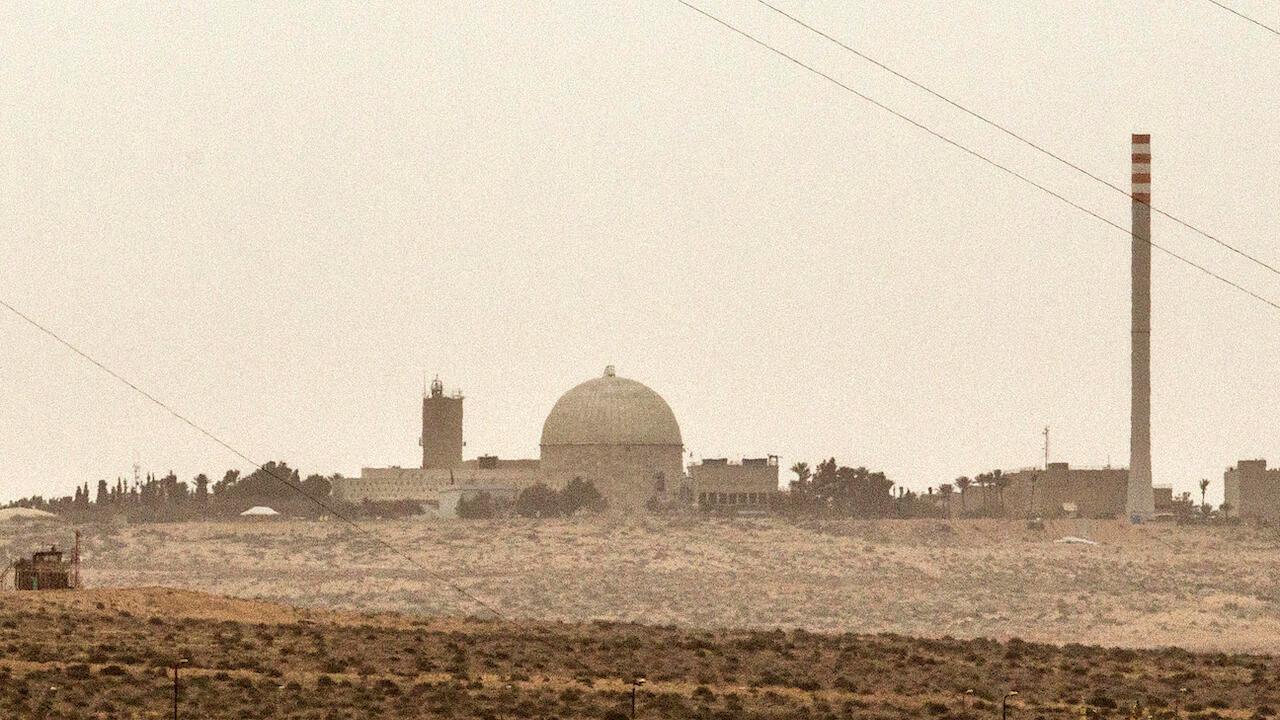
The Associated Press first reported on Wednesday that excavations at the facility, some 90 kilometers (55 miles) south of Jerusalem, began in 2021. At that time, satellite images only showed workers digging a hole some 150 meters (165 yards) long and 60 meters (65 yards) wide near the site's original heavy water reactor.
Current images show intensified construction at the site of the dig, with thick concrete retaining walls laid at the site, which appears to have multiple floors underground. Cranes loom overhead.
There's no containment dome or other features typically associated with a heavy water reactor now visible at the site. However, one could be added later, or a reactor could be designed without one.
"It's tall, which you would expect, because the reactor core is going to be pretty tall," Lewis said, adding, "Based on the location, size and general lack of construction there, it's more likely a reactor than anything."
Dimona's current heavy water reactor, which came online in the 1960s, has been operating far longer than most reactors of the same era, suggesting it will need to be replaced or retrofitted soon.
Edwin Lyman, a nuclear expert at the Cambridge, Massachusetts-based Union of Concerned Scientists, said the new construction could be a box-shaped reactor that doesn't have a visible containment dome, though he acknowledged the lack of transparency made it difficult to be certain.
Israel "doesn't allow any international inspections or verification of what it's doing, which forces the public to speculate," said Lyman.
Israel is widely believed to have at least 90 warheads and enough fissile material to produce up to hundreds more, according to the Center for Arms Control and Nonproliferation and the Nuclear Threat Initiative.
The Bulletin of Atomic Scientists in 2022 put the number at around 90 warheads.
"If it's a heavy water reactor, they're seeking to maintain the capability to produce spent fuel that they then can process to separate plutonium for more nuclear weapons," said Daryl G. Kimball, the executive director of the Washington-based Arms Control Association.
"Or they are building a facility to maintain their arsenal or build additional warheads," he noted.
Israel, like India and Pakistan, is believed to rely on a heavy water reactor to make its nuclear weapons. The reactors can be used for scientific purposes, but plutonium—which causes the nuclear chain reaction needed in an atomic bomb—is a byproduct of the process.
Tritium is another byproduct and can be used to boost the explosive yield of warheads.
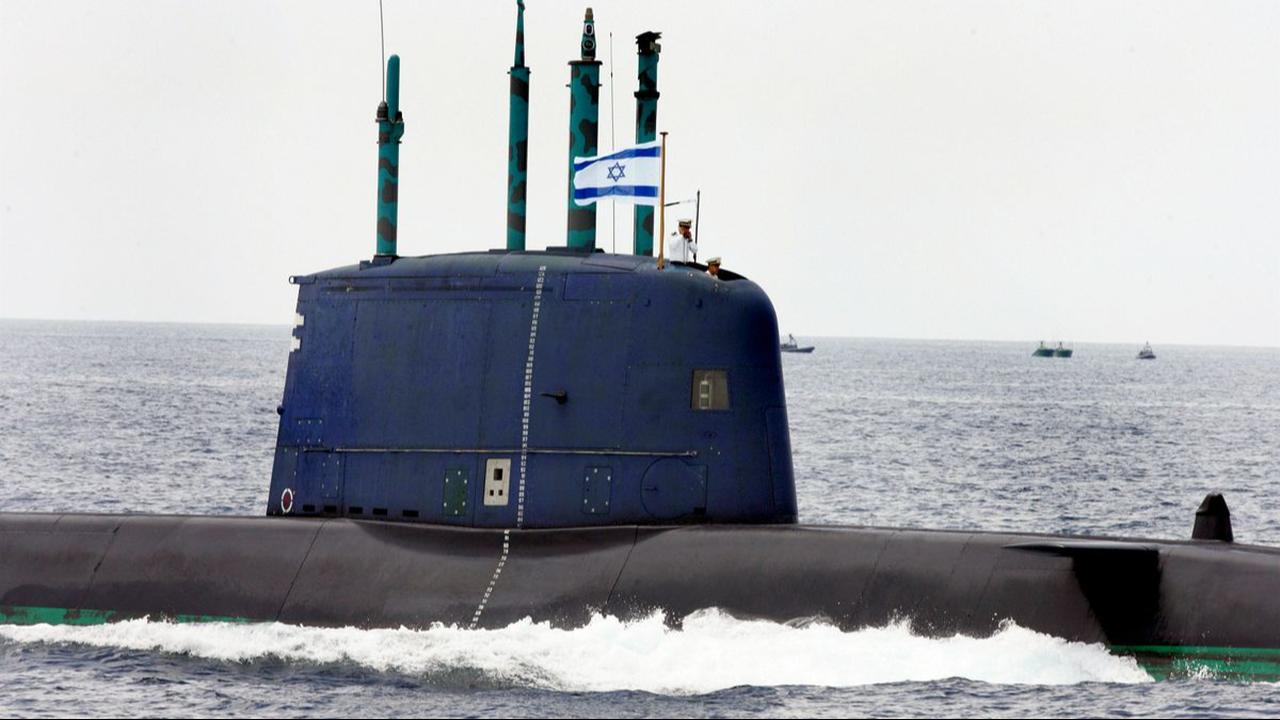
Israel does not confirm or deny having atomic weapons, and its government did not respond to requests for comment. The White House, which is Israel's staunchest ally, also did not respond to requests for comment.
Israel is believed to have begun building the nuclear site in the desert in the late 1950s after facing several wars with its Arab neighbors surrounding its founding in 1948, in the wake of the Holocaust. Its policy of nuclear ambiguity is thought to have helped deter its enemies.
Israel is among nine countries confirmed or believed to have atomic weapons and among just four that have never joined the Nuclear Nonproliferation Treaty, a landmark international accord meant to stop the spread of nuclear arms.
That means the International Atomic Energy Agency, the United Nations' nuclear watchdog, has no right to conduct inspections of Dimona.
Asked about the construction, the Vienna-based IAEA reiterated that Israel "is not obligated to provide information about other nuclear facilities in the country" outside of its Soreq research reactor.
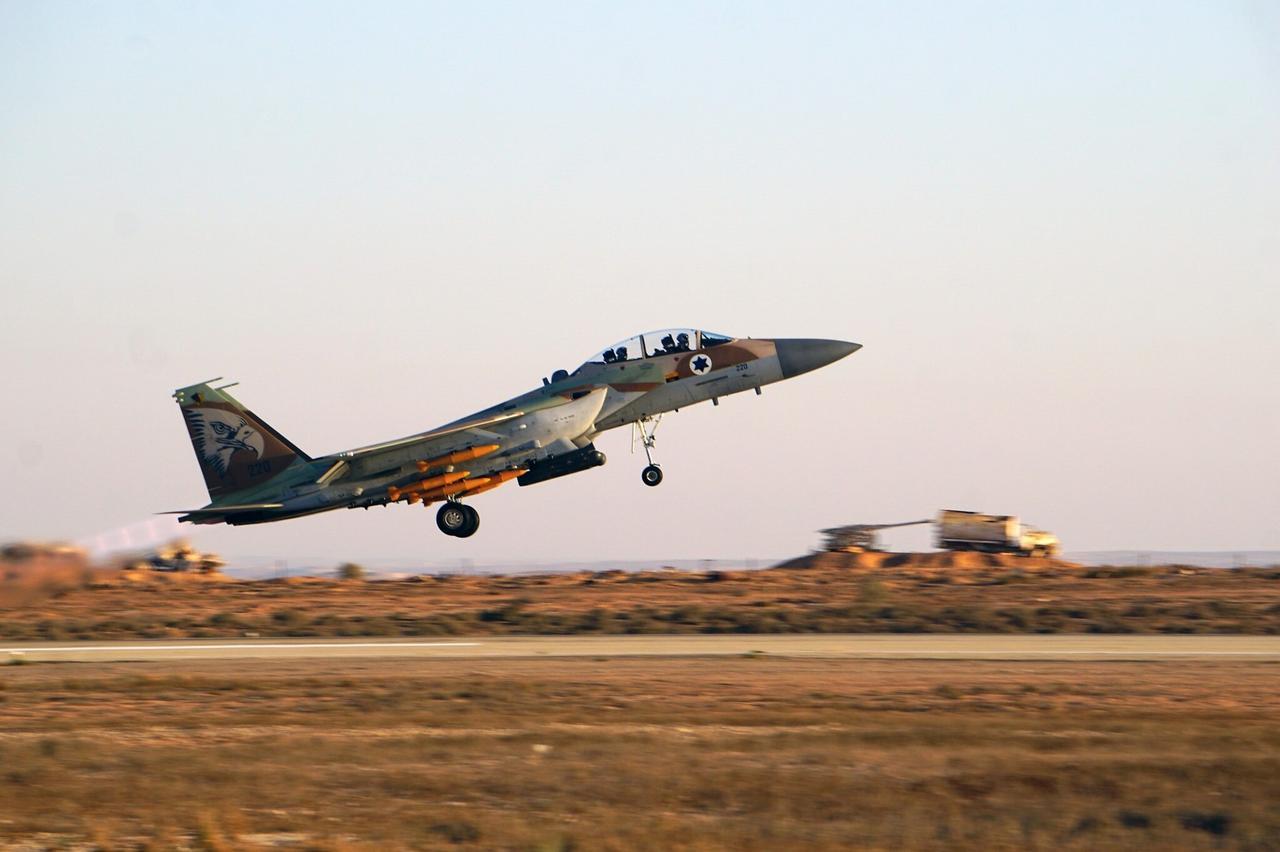
Israeli leaders were intent on building a nuclear arsenal to safeguard the country's survival soon after it was founded in 1948.
The Israel Atomic Energy Commission was established in 1952, and its first chairman, Ernst David Bergmann, said that a nuclear bomb would ensure "that we shall never again be led as lambs to the slaughter," according to the Jewish Virtual Library, as reported by The New York Times.
A recently declassified U.S. intelligence report from December 1960 stated that the Dimona project included a reprocessing plant for plutonium production and concluded that the project was related to nuclear weapons.
By 1973, the United States "was convinced Israel had nuclear weapons," the Federation of American Scientists later wrote.
While details about Dimona remain closely held secrets in Israel, a whistleblower in the 1980s released details and photos of the facility that led experts to conclude that Israel had produced dozens of nuclear warheads.